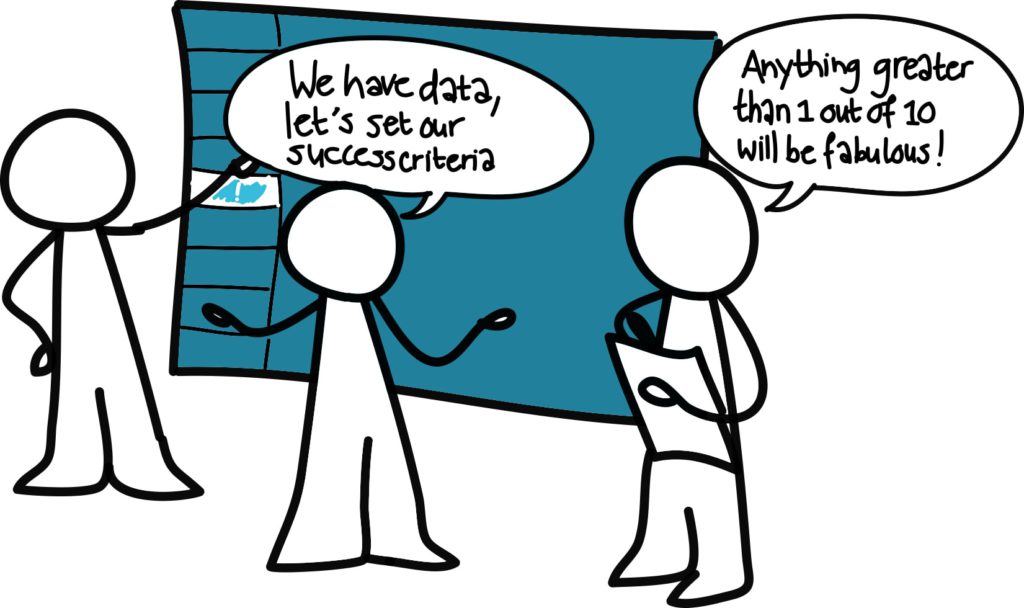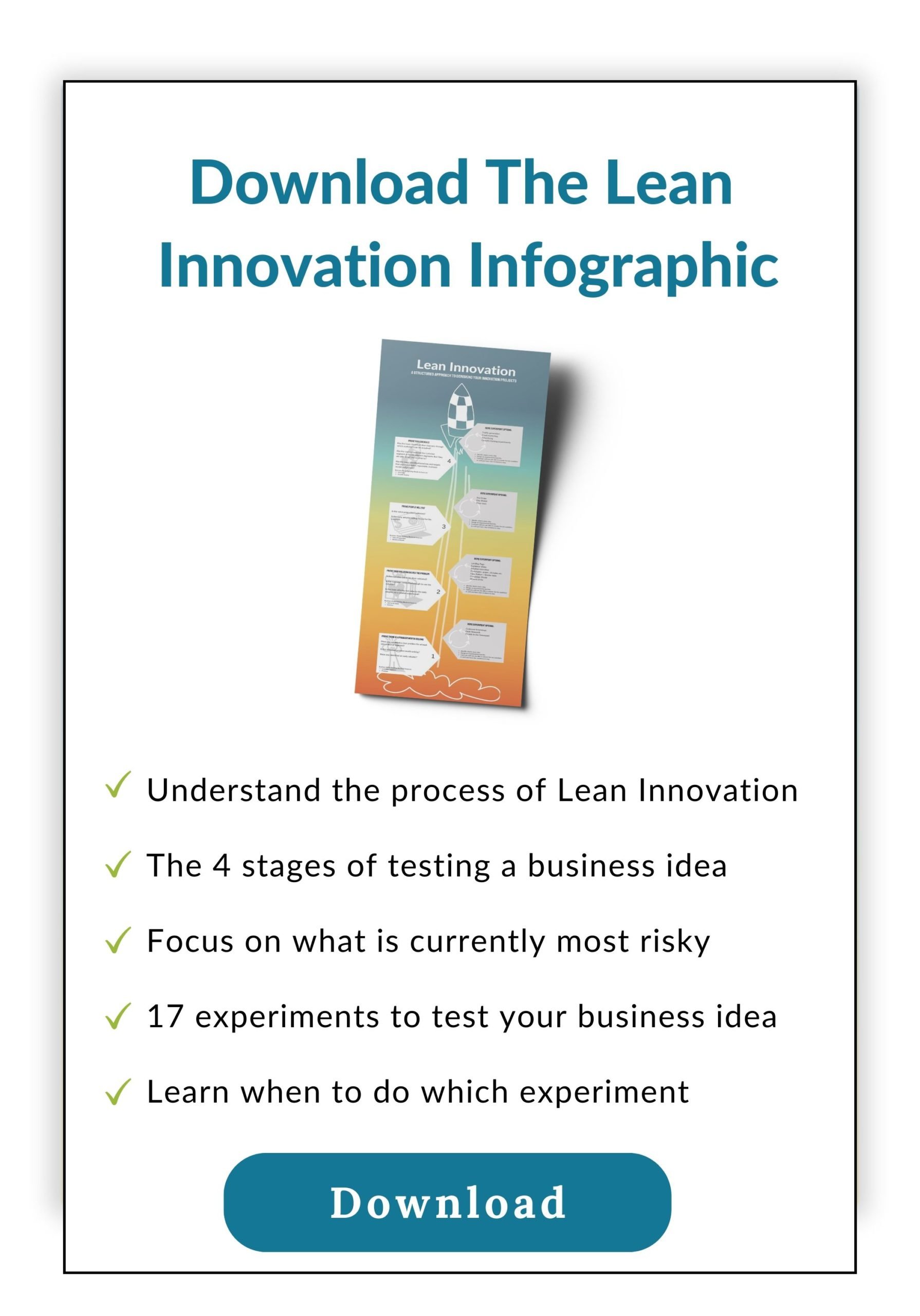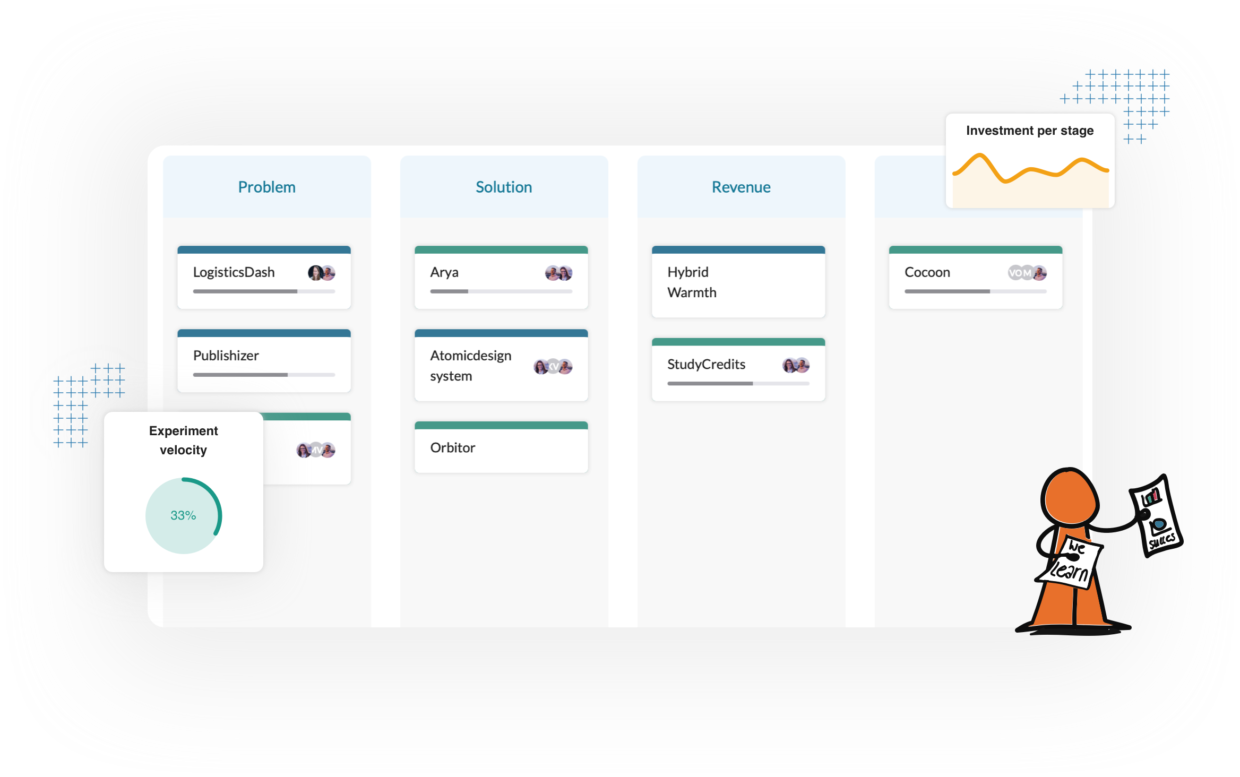To “Fail fast, fail cheap” you shouldn’t really fail
Table of Contents
The phrase “fail fast, and fail cheap” has turned into the motto for many startups and innovation initiatives over the last few years. Although there is nothing wrong with the initial meaning of the phrase, it has turned into a misinterpreted and misused slogan over the last couple of years. Today we discuss how you should actually look at the phrase.

What “Fail fast, fail cheap” actually means
To fail fast, and fail cheap, the worst thing you can do is actually fail. Why? Let’s start with the meaning of failing:
be unsuccessful in achieving one’s goal.
The thing is that your goal is not to fail; your goal is for your business idea to succeed. So how do you make sure it succeeds? By learning what is and what is not working.
You learn what is and what is not working for your business idea to write down all the assumptions that you have about your idea.
An assumption is something you believe is true, without having the evidence to back that belief. So to test an assumption you need to gather evidence, or learn, whether or not your belief is right.
And that is where the team fail fast, fail cheap comes from. Try to test as fast as possible, and as cheap as possible, to understand which of your assumptions are false, so that you can change your idea into something that works.
Failing in this context is “invalidating” an assumption, or in simpler terms: proving an assumption is false. A better mantra would thus be Learn fast, learn cheap. But that doesn’t sound just as spikey as fail fast, fail cheap.
[convertkit form=5116887]
How to correctly fail fast and cheap
We’ve briefly discussed how the phrase should and shouldn’t be interpreted, now let us discuss what it means to apply to fail fast and fail cheap.
Write down all the assumption regarding your business idea
First of all, you need to write down the assumptions that you have about your business idea. You can use the NEXT Canvas to do that in a bit more structured way, dividing your assumptions into your Customer, the Problem you solve, what your Customer is trying to achieve, and how you can help them achieve that. Write down why your customer would buy from you, and how you can charge them for it.
You now have an overview of your whole business model. From the Problem, to the Solution, and how you can make money.
Start with your most risky assumption
But you can’t test all assumptions at once. You have to understand which assumption is currently the most risky one. You can do that by thinking about how big the impact is when that assumption is not true, and how much evidence you already have to back your assumption.
Say we want to create a new online course for Lean Innovation. We write down all our assumptions and now need to understand which is the most risky. We don’t have to test that people watch online courses; there is a whole creators community out there. We don’t have to test that professionals pay for education. Otherwise, we wouldn’t sell any workshops. We might have to test whether our customer type, innovation professionals, value an online course enough. If we get that assumption wrong, our whole idea will fail, and we don’t have any evidence (yet) to support that claim.
Start testing your assumption
To test our assumption we could build the online course, but that would neither be fast, nor cheap. So instead we will promote the online course on our website with a pre-registration and if at least 25 people sign up, we know at least some innovation professionals are interested in an online course about lean innovation. It won’t cost us anything and with the decent traffic we have, we should be able to run this experiment in two weeks.
Eveluate what you’ve learned
Afterward, we need to decide what we learned. If we learned that our assumption was true, we obviously succeeded. But even when we learn our assumption was false, we learned a very valuable lesson fast, and cheap. We would only fail if the outcome was inconclusive; when we can’t say whether our assumption that innovation professionals want to watch our online course is true or false. Only then did we fail fast, and cheap.
And of course, this one test does not teach us that our online course will also be successful. A good next step would be to interview the people who signed up and learn more from them.
You have to learn fast, learn cheap repeatedly to succeed!
The principles explained in this article are the fundamentals of Lean Innovation. We’re building a course that teaches how to apply Lean Innovation to your own business idea. Curious? Here you can find all the information about it.
You might also like

Timan Rebel has over 20 years of experience as a startup founder and helps both independent and corporate startups find product/market fit. He has coached over 250+ startups in the past 12 years and is an expert in Lean Innovation and experiment design.

